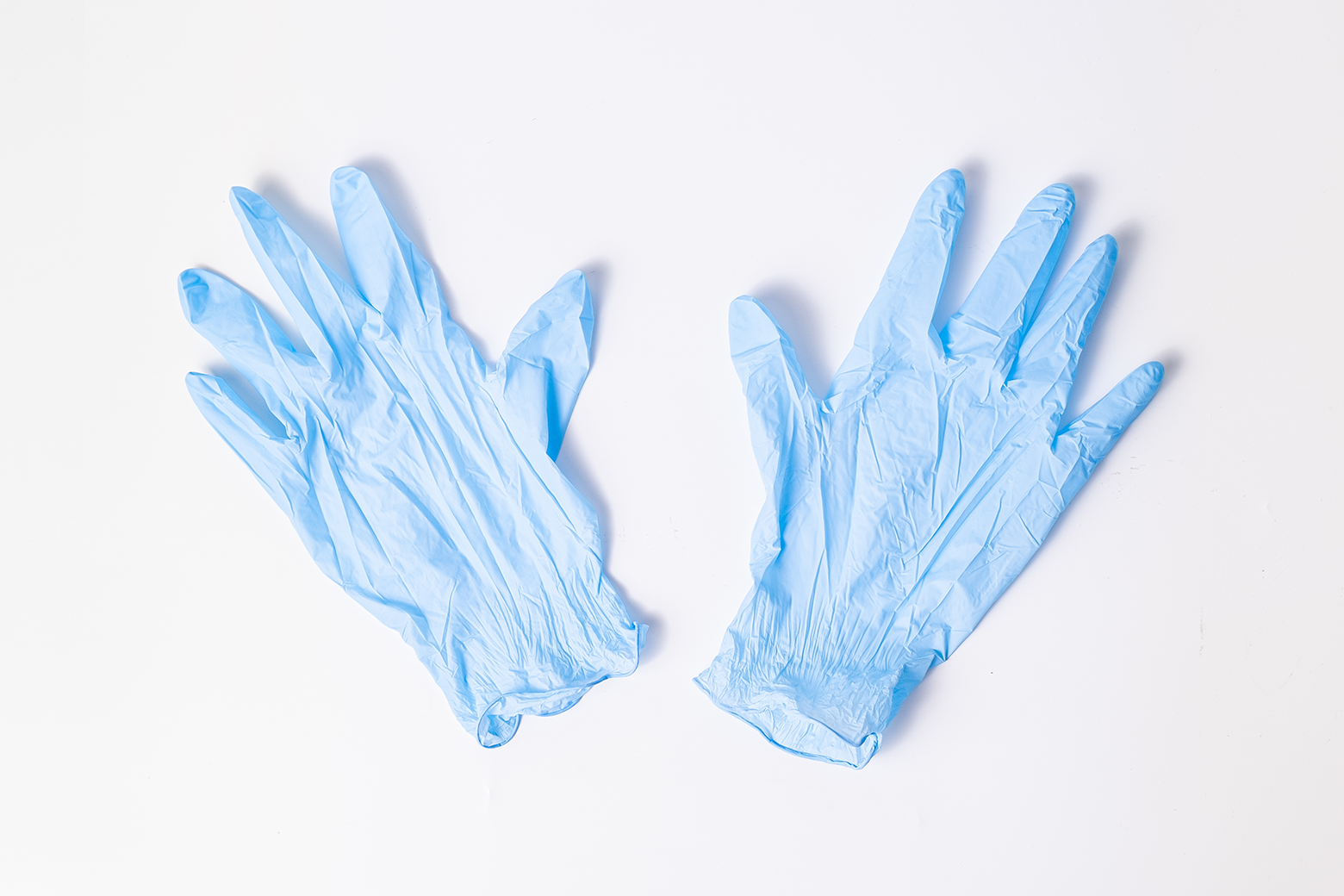Glove Intelligent Assistant
03.12.2024

The global demand for disposable gloves was around US$6 billion in 2019 and is expected to grow at a compounded annual rate of 10.6%–11.2% until 2027 at least (Patrawoot et al 2021). As the past blog posts have discussed, disposable gloves grow more in demand each year. It is evident that the industry has an impact on the environment, from the use of harsh chemicals in the manufacturing process to the energy cost of transportation. SW is aware of this and makes every effort to reduce the consumption of natural resources, support zero-waste emission efforts, recycle end-of-life products and packaging materials. The best way to reduce waste is to source materials from sustainable sources and avoid expending excess resources. One way to do this is reusing gloves.
Yes, although our SW gloves are considered single use gloves, they can be reused. Due to the COVID pandemic many consumers are reusing their disposable gloves. A recent study by researchers at the University of Waterloo found that alcohol, UV and heat treatment could be acceptable disinfection methods that allow for disposable gloves to be used up to 20 more times. However, this is only possible if the glove can withstand 20 more uses. Not all gloves are made of the same quality and consumers should make sure to verify glove specifications. But how does one determine whether a glove can withstand multiple uses? Or that it can resist tearing and breakage during use?
Reputable and honest manufacturers will always list these quantitative details in the product’s description. Disposable gloves are tested under the ASTM D412 standard, which states the minimum values for tensile strength and elongation values. Tensile strength is measured in the amount of force in pounds per square inch (psi or MPa) required to pull apart a product until material failure. Elongation is applying tensile force, stretching the material and determining the length difference from the original. If elongation is too low, the glove will tear easily if it gets caught on something.

If elongation is too high, it may not be able to provide as much protection against permeation of chemicals. Too low in tensile strength results in a weaker glove and too high in tensile strength means the glove is easier to snap or break off when stretched as well. A glove that has good, or high elongation, will stretch instead of tearing when snagged, and a glove that is not torn can be reused after being disinfected. There must be a careful balance too, as having too high tensile strength can make a glove uncomfortable to don and doff.
SW prioritizes transparency and quality, even making it easy for our consumers to reuse our disposable gloves should the need arise. Thus, both saving money and cutting down on carbon emissions in this time of need.